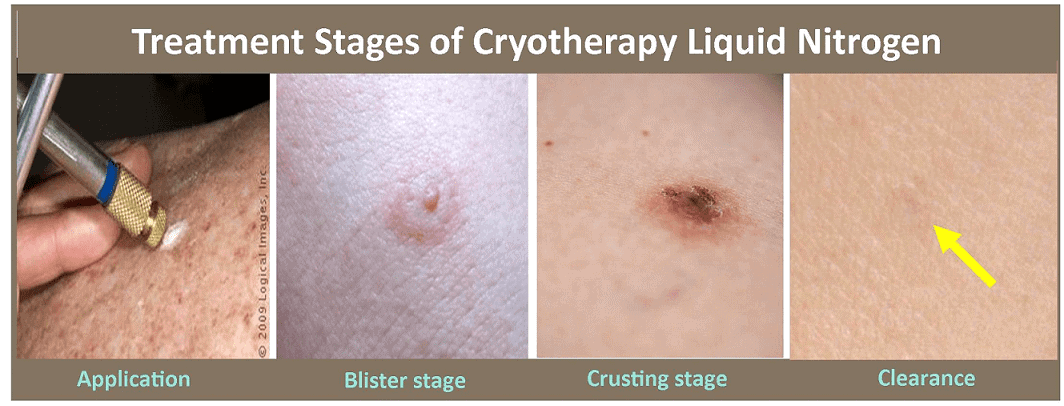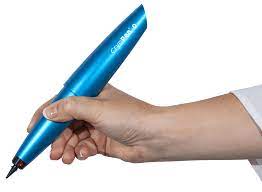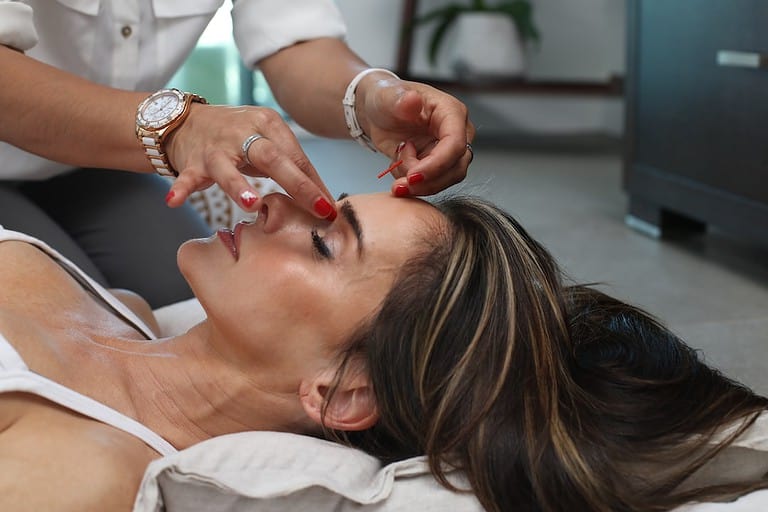Modern Skincare: Can Cryotherapy Remove Moles?
Cryotherapy is an increasingly popular treatment for a variety of medical and aesthetic purposes. One area where cryo has been making waves is skincare. But can cryotherapy remove moles?
Many are wondering if cryotherapy is a viable option for removing moles, particularly those who wish to avoid more invasive treatments.
Can cryotherapy remove moles and leave no scars? Let’s examine how cryotherapy works for mole removal, including preparation tips and alternative treatments.
Table of Contents
What is Cryotherapy?
Cryotherapy is a type of treatment that makes use of icy temperatures to help alleviate health issues and boost overall well-being. Recorded use of cryotherapy dates back centuries, with its earliest known origins in ancient Egypt.
The modern version of cryotherapy was developed in Japan in 1978 by Dr. Toshiro Yamauchi, who observed that exposure to extreme cold could help relieve pain and inflammation associated with certain medical conditions.
Cryotherapy employs extremely cold temperatures for therapeutic purposes, often ranging from -200°F (-130°C) to -320°F (-196°C). Cold therapy is typically done in two ways: exposure to liquid nitrogen or applying frozen ice packs directly onto the skin. The duration of each session will depend on the type and severity of the condition being treated.
Cryotherapy offers lots of advantages, including:
- Reduced inflammation.
- Less muscular pain and tightness.
- Fewer headaches.
- Less fatigue.
- Fewer depression symptoms.
- Minimal acne breakouts.
Cryotherapy has also been found to reduce recovery time after physical activity or surgery due to its ability to improve circulation and deliver oxygen to the body tissues faster — speeding up healing times.
The hottest craze right now is cryo skincare. Cryo-treatment has been used for facials and removing skin tags, viral warts, and non-cancerous moles.
Is the hype real? Let us explore how can cryotherapy remove moles.
Can Cryotherapy Remove Moles?
Cold therapy is an effective method for skin tag removal. But can cryotherapy remove moles?
Moles are small, dark spots that can appear anywhere on the skin. Genetic factors and sun exposure may lead to the formation of dark patches on the skin. Some are benign moles while others indicate skin cancer.
In some cases, it is necessary to have these moles removed for medical reasons.
Cryotherapy is one of the safest and most effective ways to have these non-cancerous moles removed.
Benign moles are typically light brown or blackish-brown in color. The two most common methods of having a mole removed are surgical excision (cutting out) and cryotherapy (freezing).
How Does Cryotherapy Work for Mole Removal?
During cryotherapy, liquid nitrogen is applied directly to the entire mole using a cotton swab or spray gun. This causes an intense cold sensation that damages cells in the area without killing the surrounding tissue.
After several minutes of treatment with liquid nitrogen, dead cells from the frozen mole will fall off naturally as new healthy cells replace them during the healing process. With the entire mole gone, the treatment leaves behind clear healthy skin.
Cryotherapy is a safe and effective method for removing skin lesions, but it’s important to follow instructions before, during and after treatment.
 (Source)
(Source)
Preparing for a Mole Removal Procedure with Cryotherapy
Pre-Treatment
Before undergoing cryotherapy for removing skin tags, avoid sun exposure for several weeks and do not take any medication that can increase bleeding risk, such as aspirin or ibuprofen. Advise your doctor if you have any allergies or if you are pregnant or lactating.
During the Procedure
A cryotherapy session typically takes around 10 minutes per mole. Patients will feel a burning sensation during treatment followed by itching in the treated area which usually subsides after a few days. Your doctor may apply an ointment or cream after the procedure in order to reduce discomfort and promote healing.
Post-Treatment
As part of your daily post-cryo routine, make sure you clean the treated area with warm water until scabbing occurs. This could take up to two weeks.
Avoid picking at the scabs as this could lead to infection or scarring. Allow them to heal naturally without interference from scratching or rubbing against clothing.
Sun protection should be used when going outside following treatment as this area will be more sensitive than usual. Wear SPF 30+ sunscreen daily even on cloudy days.
Alternatives to Mole Removal with Cryotherapy
If you feel that cryotherapy is not for you, or you’re looking for alternatives to the mole removal cost of cryo, here are a few methods to remove those skin tags.
Surgical Excision
Surgical excision is a common procedure for removing moles. It involves cutting out the mole and stitching up the area afterward. This method is typically done under a local anesthetic, meaning that you won’t feel any pain during the procedure.
However, it does require some downtime for healing so you should plan accordingly if you decide to go this route. The upside of surgical excision is that it usually leaves no scarring or other signs of having had a mole removed.
Laser Removal
Laser surgery is another option for removing moles. During laser surgery, a high-energy beam of light will be used to target and destroy the cells in your mole without damaging surrounding tissue. Ablative and non-ablative lasers may be used to target the cells in moles, eliminating them while preserving nearby tissue.
Like surgical excision, this method also requires a little downtime for recovery but may leave behind some discoloration or minor scarring after healing is complete.
Shave Removal
Shave excision is another popular choice when it comes to mole removal procedures because it doesn’t involve as much cutting or special equipment. During shave excision, your doctor will use a scalpel blade to “shave off” the top layer of your mole until all visible parts have been removed from beneath the surface of your skin — similar to how one would shave down an uneven patch of lawn.
There are no stitches required since only the superficial layers were removed. However, there may still be some slight scarring left after the procedure, depending on how much was shaved away from your skin.
Conclusion
Now that you know how can cryotherapy remove moles, it may be time to talk to your healthcare provider about different approaches for mole removal. Cost, convenience, and comfort should all be taken into account when choosing the best method of mole removal.
With cryotherapy being an option, people now have more choices when considering how to safely remove their moles without any lasting damage or scarring.
If you’re looking for ways to help your family stay healthy and independent, then look no further than Smart Living Now. Our comprehensive resources can provide valuable information on how cryotherapy may be used to remove moles safely and effectively.







